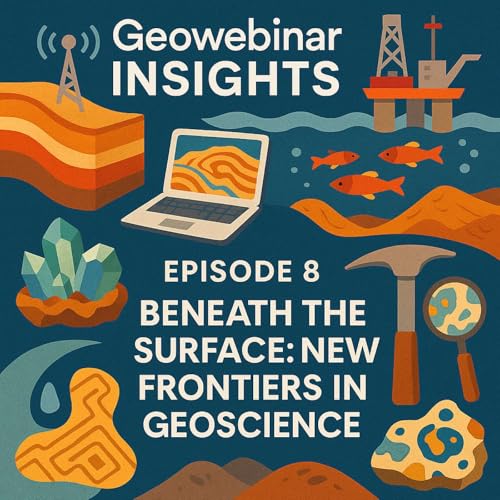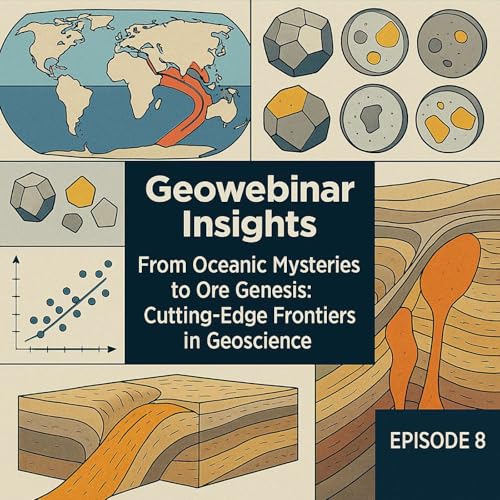Episode 12 of the Geowebinar Insights podcast is dedicated to the latest research and practices in Earth sciences and the mineral resource sector. This episode brings together highlights from key lectures in the Geowebinar Library, where experts discuss both fundamental and applied aspects of geology, geophysics, and ore beneficiation technologies.
Listeners will learn about innovative methods to increase gold recovery from ores complicated by the presence of mercury and arsenic, as well as studies on the filterability of iron ore concentrates obtained through magneto-flotation technology. Special attention is given to environmental and techno-economic aspects of mineral processing — from risk assessment for ecosystems and human health to perspectives on developing the mineral resource base in the digital era.
The episode covers a broad range of topics: geochronological studies of unique deposits, spreading processes in the oceanic crust, and the geological structure of ore districts in Siberia and Altai. It also explores the role of simulation modeling and improved efficiency in mining operations, advanced methods of geophysical data interpretation, and modern approaches to ore prospectivity forecasting.
Geowebinar Insights #12 is a concentrated source of ideas and practical solutions, making it valuable for geologists, mining engineers, mineral processing specialists, environmental scientists, and anyone interested in the sustainable development of the mineral resource sector.
 15 分
15 分 13 分
13 分 2025/09/2425 分
2025/09/2425 分 20 分
20 分 15 分
15 分 20 分
20 分 23 分
23 分 2025/08/1326 分
2025/08/1326 分
